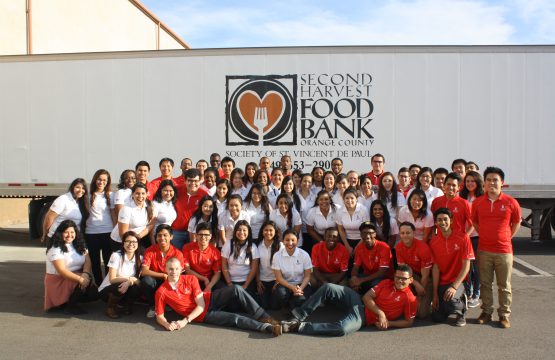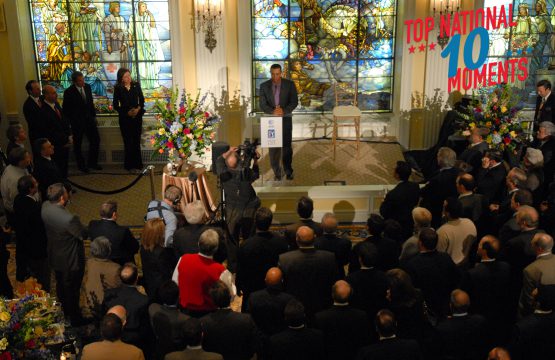How the TWLC uses technology to bring learning to life
It’s no surprise that the proliferation and dependence on technology in its various forms is growing exponentially. Technology is changing the way we work, the way we interact, the way we digest information and the way we make sense of the world around us. Technology is also changing the way in which we educate young people.
What do we mean when we talk about technology? In education, technology takes on two forms: as a tool to engage learners (Educational Technology, also known as EdTech) and as an interdisciplinary field of study.
As a tool, EdTech can bring learning to life. Imagine a science lesson about squid and animal body systems. In the past, students would read a chapter in an oversized textbook, perhaps study a few pictures of the circulatory system, take notes and then take a quiz. Now imagine this same lesson in a classroom, like those at the Tiger Woods Learning Center campuses across the country, that is not only outfitted with the latest technology, but also the means — through effective instruction and an emphasis on quality professional development — to incorporate this technology in meaningful ways to deliver content. Now, these same students can watch interactive videos, use microscopes to study cellular structure, research biological processes and collaborate on digital presentations via the cloud with their peers. Technology, if used effectively, changes students from passive consumers of information to active participants in their learning. They become creators.
EdTech also changes the way schools, organizations and educators collect data and measure student progress. The days of fragmented tools and systems will soon be a thing of the past. In its place will be integrated information and management systems that can collect, store and analyze data in meaningful ways to drive positive learning outcomes for students. This way teachers can spend less time buried in spreadsheets and more time creating interactive learning experiences specifically targeted for each learner. Each student has a unique background, unique strengths and weakness and unique academic challenges. EdTech can empower educators to meet the unique needs of each and every student.
As an interdisciplinary field of study, technology introduces students to the workplace and careers of the future and equips them with the necessary skills to adapt, collaborate and thrive in the 21st-century economy. This is why there is a growing national movement around coding and computer science, of which the Tiger Woods Learning Center has been at the forefront for years. The world is getting flatter, and not enough students are pursuing careers in the IT fields to fill the growing need. As technology continues to permeate our everyday lives — from “smart” devices to the Internet of Things — and as our reliance on technology to accomplish everyday tasks continues to rise, we need to expose our young people, especially those in underserved communities, to the high-skilled, high-paying jobs in the technology fields. By demystifying information technology and improving access and awareness at all levels of education, more students will see technology as a viable career path.
The Tiger Woods Learning Center is committed to using EdTech as a powerful means to engage learners and measure success. Courses such as video game design, coding and video production equip students with the content knowledge and conceptual understanding to become the programmers, software designers and cinematographers of tomorrow. In the classroom, technology is used to deliver high-quality lessons that turn our students from consumers to creators. And, finally, EdTech, if integrated in proper ways, can help personalize learning for each student, improve outcomes and bridge the gap between families, communities and organizations.
Learn more about the technologically rich programs of the Tiger Woods Learning Center.
Champions of the unexpected for 20 years.


